The battery determines an electric bicycle's range and riding performance. Choosing the right battery helps you understand the bike's range and how you can use it, so you can enjoy riding an electric bicycle even more. Is bigger always better when it comes to electric bicycle batteries? This article provides detailed information about electric bicycle batteries to help you understand and choose the right size.
About E-bike battery size
The primary distinctions between battery models are based on three key specifications: Voltage (V), Amp-hours (Ah) and Watt-Hours (Wh).
- Voltage (V)
Voltage (V) explains how strong your battery is. It decides how much power your e-bike motor can use at one time. Common voltages you’ll see are 36V, 48V, and 52V.
-
- A 36V battery is common on basic commuter bikes and works well on flat roads and short trips.
- The 48V option is the most popular because it offers a good balance of power and range.
- The 52V battery is newer and gives more torque, better hill climbing, and the potential for higher speed. So, higher voltage means stronger performance. If you ride hills often or want quick acceleration, a 48V or 52V battery is better. If you mostly cruise around town, a 36V battery is usually enough and cheaper.
- Amp-Hours (Ah)
Amp-Hours (Ah) tell you how big the battery’s fuel tank is. The higher the Ah, the longer your e-bike can run before you need a charge.
For example, a 10Ah battery can last about 25–30 miles depending on speed and terrain, while a 15Ah battery can reach 40–50 miles or more under the same conditions.
Think of Ah like your car’s gas tank size. It doesn’t change how fast you go, but it does change how far you can go.

- Watt-Hours (Wh)
Watt-Hours (Wh) are the true measure of energy. Wh shows how much energy is stored in your battery and is calculated by multiplying the voltage (V) by the amp-hours (Ah): Wh = V × Ah.
This number is the best way to compare e-bikes fairly because it combines both power and capacity.
For example, a 36V 10Ah battery equals 360Wh, a 48V 10Ah battery equals 480Wh, and a 48V 15Ah battery equals 720Wh.
Even if two batteries look similar, their Wh can be very different. When comparing models, always check the Wh, as it gives the clearest idea of total riding range.
How to Choose the Right Battery Size
-
Consider Your Needs
First, think about how you will ride. The routes, terrain, and weather you face will affect your battery size choice. For daily commuting on paved roads, a 36V 10Ah (360Wh) battery is enough and keeps the bike portable. If you need more power for hills or rough terrain, choose a 48V 15Ah (720Wh) or larger battery to get stronger help uphill.
Many riders find they want a bigger battery after riding for a while because the base capacity becomes too small for longer or more adventurous trips. Some riders plan for this and choose a bigger capacity from the start. Others buy an entry-level model first and then upgrade to a bike with a better battery when it's time to replace. Riders can decide based on how they like to buy and ride.

-
Impact of E-bike Type and Battery (Tires, Motor & Throttle)
Different e-bikes affect how big a battery you need. When you pick a battery, look at how the bike uses energy from three main parts: tires, motor, and throttle.
Fat-tire bikes give more help, so they use more energy to move, which means you might need a bigger battery. Thin tires use less energy, so they can go farther on the same battery.
A more powerful motor also uses more energy to provide stronger acceleration, so a larger battery may be needed. Mid-drive motors are usually more energy-efficient, but they cost more.
Throttles can make the bike accelerate quickly, which uses power fast and drains the battery sooner.
Another part to consider is the pedal sensor. Torque sensors respond to how hard you pedal, which tends to save energy. Cadence sensors respond only to pedal speed and can use more power.Different performance setups change how efficiently the bike uses energy. Frame weight and price also matter. Look at all these factors together to choose the suitable battery for you.
-
Price, Weight, Rider Weight, Terrain & Riding Mode
When choosing a battery, think about factors beyond the bike itself. Price: Larger batteries cost more. Better battery configurations usually mean a higher price for the bike.
Battery weight: Battery size affects weight. Heavier batteries add more weight to the bike, so you may need to balance capacity with how heavy you want the bike to be.
Rider weight: Your weight adds load to the bike. Heavier weight uses more battery energy, so the range may go down. Even with the same riding mode, people of different weights get different ranges.
Riding mode: Your choice matters. If you use throttle a lot, you may need more power and a bigger battery for longer range. If you rely on pedal assist, you can extend battery life.
Terrain and daily use: Terrain and how you ride affect how much energy you use. For daily commuting on flat roads, a smaller battery might be enough. For hills, rough terrain, or longer trips, a larger battery could be better.
Bottom line: A larger battery can handle more riding needs, but it also adds weight and raises price. If you mostly commute and value portability, a basic battery size may be the most convenient choice.
How to Address Battery Size Incompatibility
After riding for a while, some people may find their battery capacity isn’t enough for their trips and want to upgrade. There are two common ways to increase range:
- Install a larger battery on the bike.
- Buy an extra spare battery to carry and swap in when needed.
Before upgrading to a larger battery, check that it works well with your motor and controller so the bike runs smoothly. If you buy a spare battery, it will extend how far you can go, but it won’t make the bike faster or more powerful.
Batteries don’t last forever. Upgrading to newer battery models can keep your electric bike running efficiently for longer.
How to Choose Cyrusher E-bike Battery Size
| Model | Battery Capacity | Motor Power | Range | Weight With Battery | Battery Weight | Weight Without Battery |
| Cyrusher Flex | 48 V 15 Ah | 750W (85Nm) | 59miles | 68.3 lbs (31 kg) | 8.6 lbs (3.9 kg) | 59.7lbs (27.1kg) |
| Cyrusher Sprint | 48 V 15 Ah | 750W (85Nm) | 59miles | 70.5 lbs (32 kg) | 8.6 lbs (3.9 kg) | 61.9lbs (28kg) |
| Cyrusher Roam | 52 V 15.6 Ah | 750W (95Nm) | 62miles | 81.6 lbs (37 kg) | 14.5 lbs (6.5kg) | 67.1lbs (30.4kg) |
| Cyrusher Rover | 52 V 15.6 Ah | 750W (95Nm) | 62miles | 87.3 lbs (39.6 kg) | 14.5lbs (6.5kg) | 72.8 lbs (33 kg) |
| Cyrusher Glider | 52 V 15.6 Ah | 750W (95Nm) | 62miles | 89 lbs (40.38 kg) | 14.5lbs (6.5kg) | 74.5 lbs (33.78 kg) |
| Cyrusher Ranger 2.0 | 52 V 20 Ah | 750W (95Nm) | 75miles | 86.6 lbs (39.3 kg) | 13.8lbs (6.2kg) | 72.8 lbs (33 kg) |
| Cyrusher Trax 2.0 | 52 V 20 Ah | 750W (95Nm) | 75miles | 87.3 lbs (39.6 kg) | 13.9lbs (6.3kg) | 73.4 lbs (33.3 kg) |
| Cyrusher Rumble | 48 V 18 Ah | 500W (65Nm) | 58miles | 70.32 lbs (31.9 kg) | 9.72lbs (4.4kg) | 60.6 lbs (27.49 kg) |
| Cyrusher Kommoda 3.0 | 48 V 20 Ah | 750W (85Nm) | 68miles | 83.11lbs (37.7 kg) | 11.35lbs (5.1kg) | 71.76 lbs (32.55 kg) |
| Cyrusher Ranger 1.0 | 52 V 20 Ah | 750W (95Nm) | 75miles | 89.5 lbs (40.6 kg) | 14.6lbs (6.6kg) | 74.9 lbs (34 kg) |
| Cyrusher Sonder | 48 V 10 Ah | 250W (40Nm) | 53miles | 48.72 lbs (22.1 kg) | 6.61lbs (3.5kg) | 42.11lbs(19.1kg) |
| Cyrusher Aura | 52 V 15 Ah | 750W (80Nm) | 60miles | 66lbs (29kg) | — | — |
| Cyrusher L5 | 52 V 15 Ah | 750W (80Nm) | 60miles | 66lbs (29kg) | — | — |
| Cyrusher Hurricane(mid-drive) | 52 V 20 Ah | 1000W(160Nm) | 55miles | 84.6 lbs (~38.4 kg) | 14.5lbs(6.5kg) | 70.3 lbs (~31.9 kg) |
Cyrusher electric bikes mainly use 48V and 52V battery configurations, which provide more reliable range and power. Different battery types and specifications lead to varying energy use. Battery weight increases with capacity—larger capacity means a heavier battery. For example, when comparing the Sprint city e-bike with slim tires to the Rumble e-bike with fat tires, the slim-tire model often has a greater range even with similar battery configurations. For the motor configuration, the Hurricane mid-drive e-bike, even with its mid-drive motor, uses energy more quickly due to higher power needs, which lowers its range.
When choosing a battery size, consider the bike’s overall performance to find the best e-bike for your needs. For efficient commuting and short trips mainly on paved roads, consider slim-tire city e-bikes like the Sprint or Flex. Their battery configurations meet most daily needs and offer weight advantages and better handling than fat-tire models.
For portability and easy transport, the Sonder folding e-bike balances compact storage with efficient travel. Its foldable design saves space and makes handling flexible.

For a more dynamic riding experience, choose e-bikes with high-capacity batteries and fat tires to deliver exciting climbs. Examples include the Ranger mountain e-bike and the upgraded Hurricane mid-drive e-bike. Note that fat-tire bikes usually don’t have weight advantages, but with electric help, they can cover long distances with less fatigue.
Regardless of your needs, prioritize your requirements. If the base configuration falls short, you can upgrade the model or battery capacity to expand your riding possibilities. Choose the model that fits you best and enjoy the boundless joy of electric riding.
Conclusion
Choosing your e-bike battery doesn’t have to be confusing. You learned about V, Ah, and Wh, which describe power, capacity, and energy. With this, you can pick a battery that fits how you ride.
A bigger battery can give more range but adds weight and cost. Think about your daily trips, hills, and how you use the bike. If you mostly ride short, flat trips, a smaller battery might be enough. For long rides or steep hills, a larger battery could be better.
Remember: the battery is your freedom. It helps you go farther, ride longer, and have more fun. Start with your typical trips and upgrade later if you need more range.
People Also Ask
- Can I use a higher Ah battery on my e-bike?
Yes, as long as the voltage matches your bike’s system. Higher Ah only increases range, not speed.
- Does a bigger battery make my e-bike faster?
Not directly. Voltage affects speed. Amp-hours affect range. A 48V 20Ah battery won’t go faster than a 48V 10Ah one—it’ll just go longer.
- How do I know when to replace my e-bike battery?
When you notice your range dropping sharply or charging time getting longer, it’s time to replace it.
Yes! In fact, charging halfway often helps extend battery life.



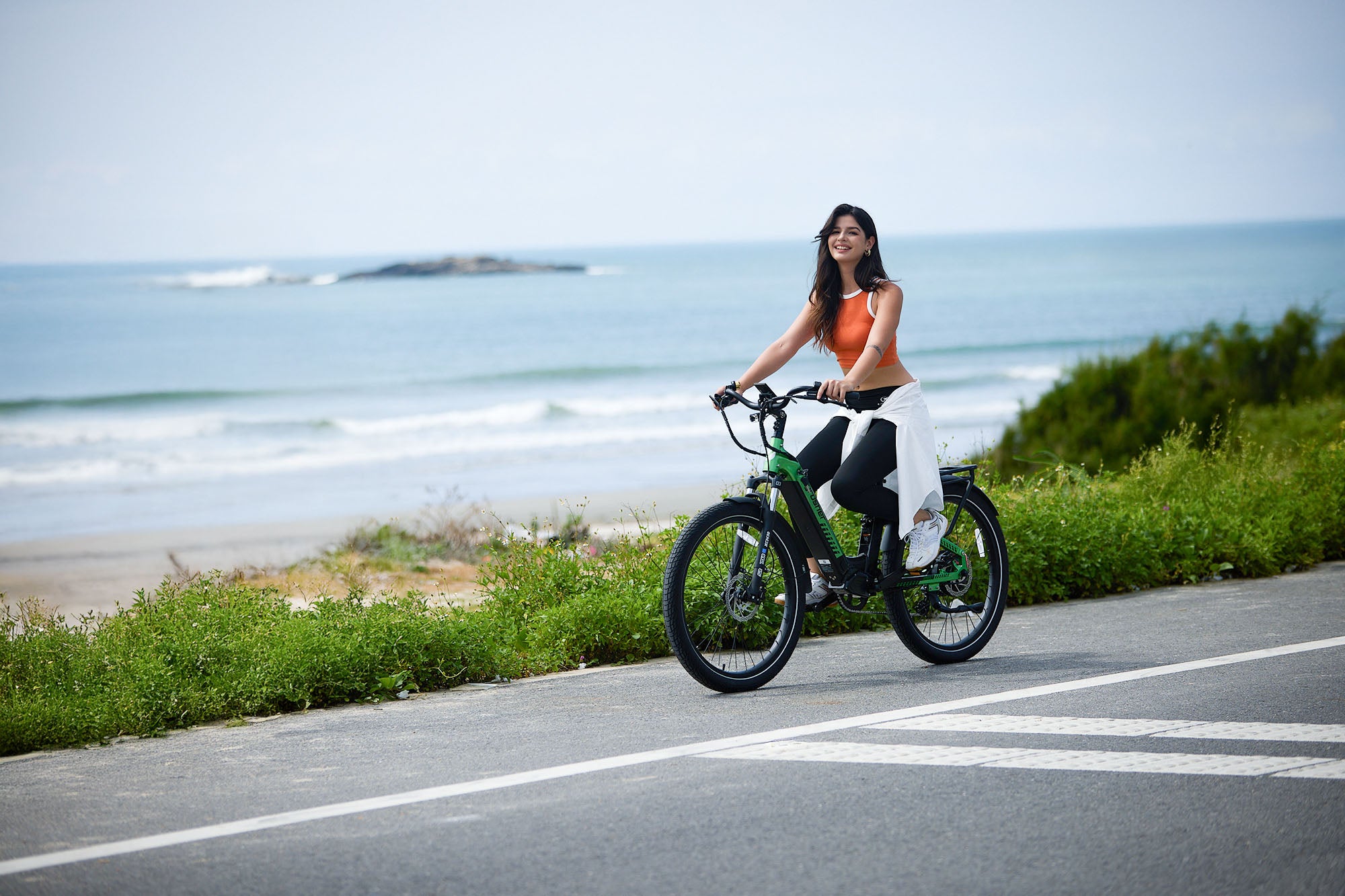

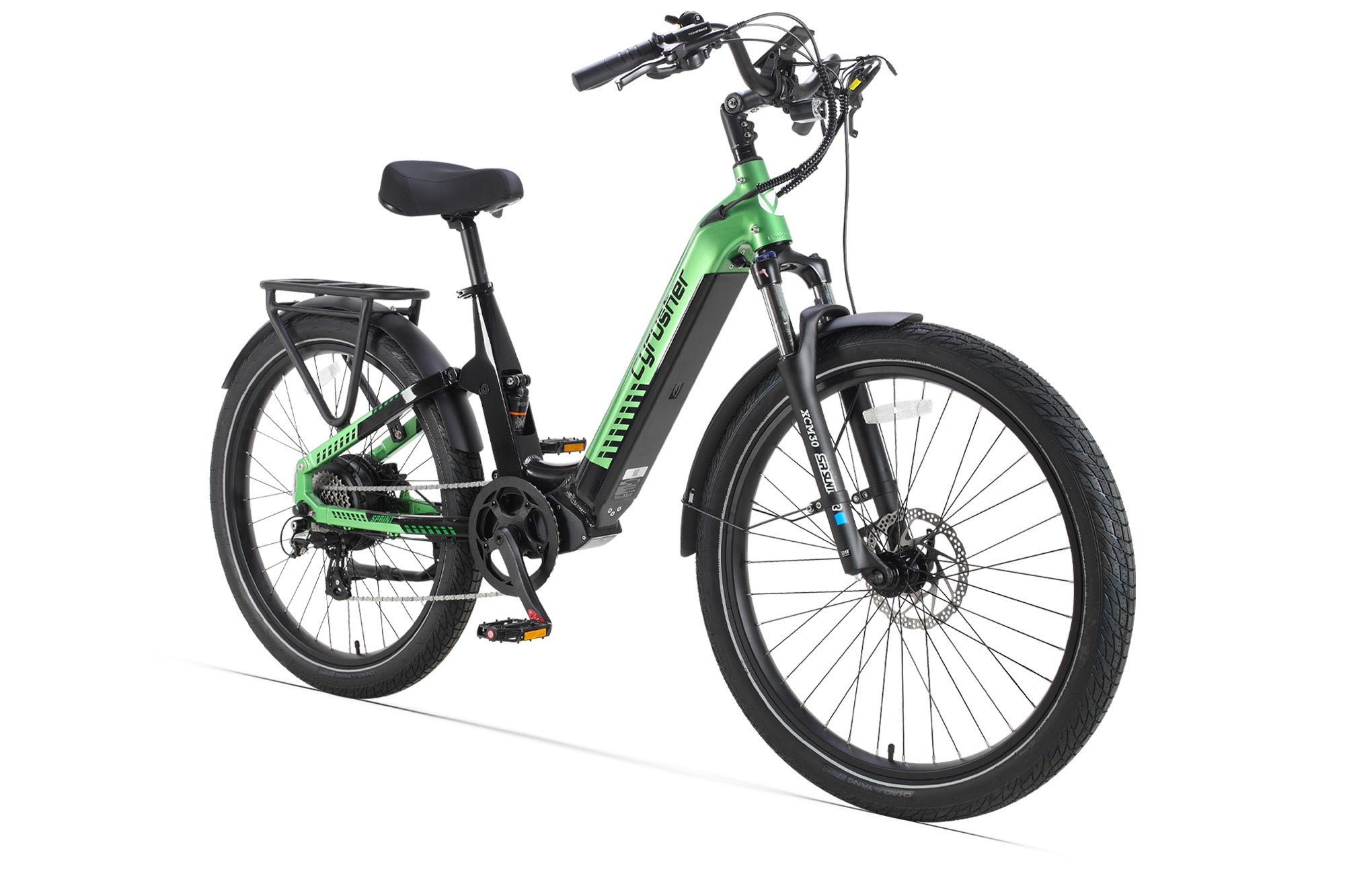

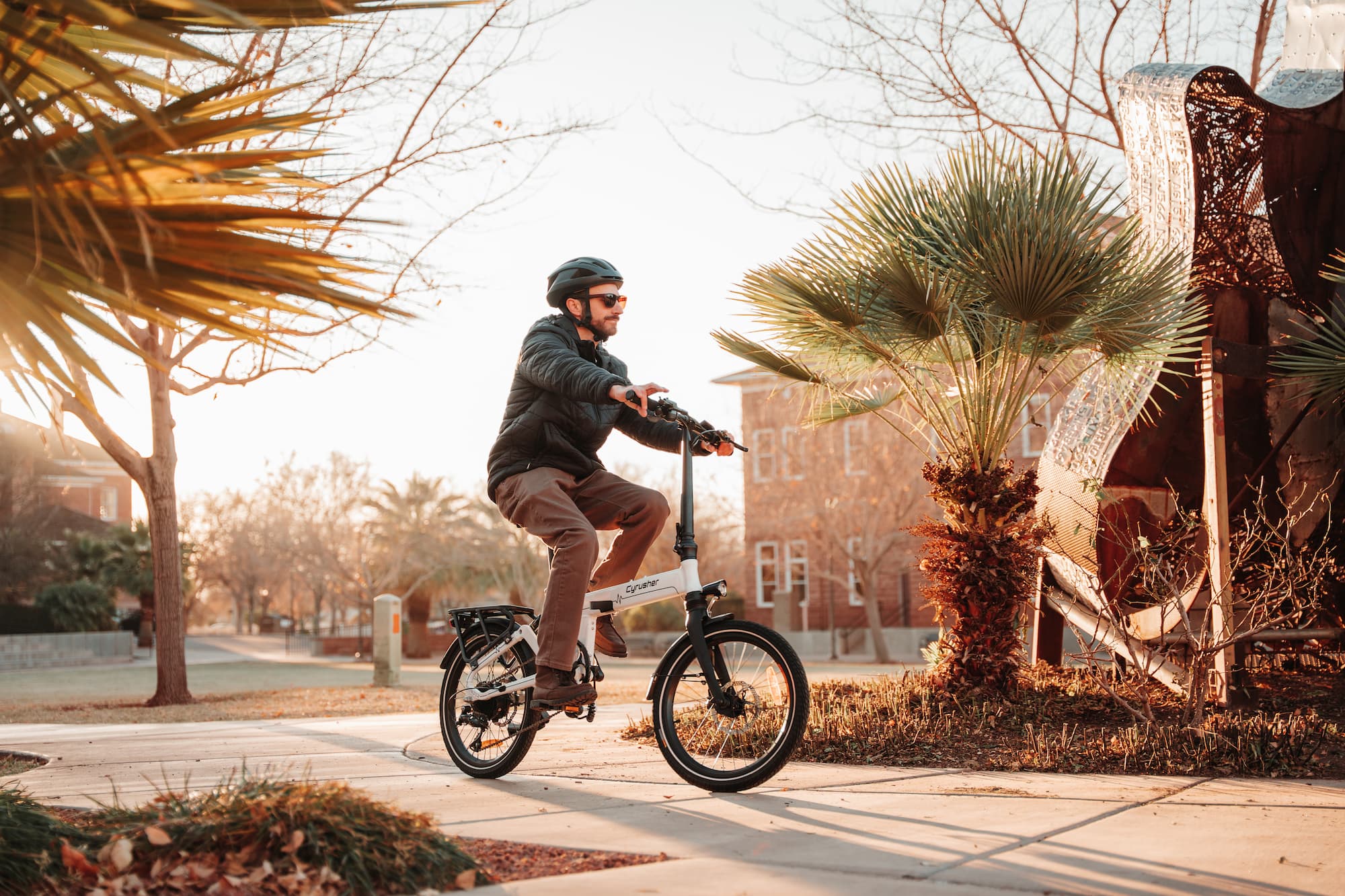




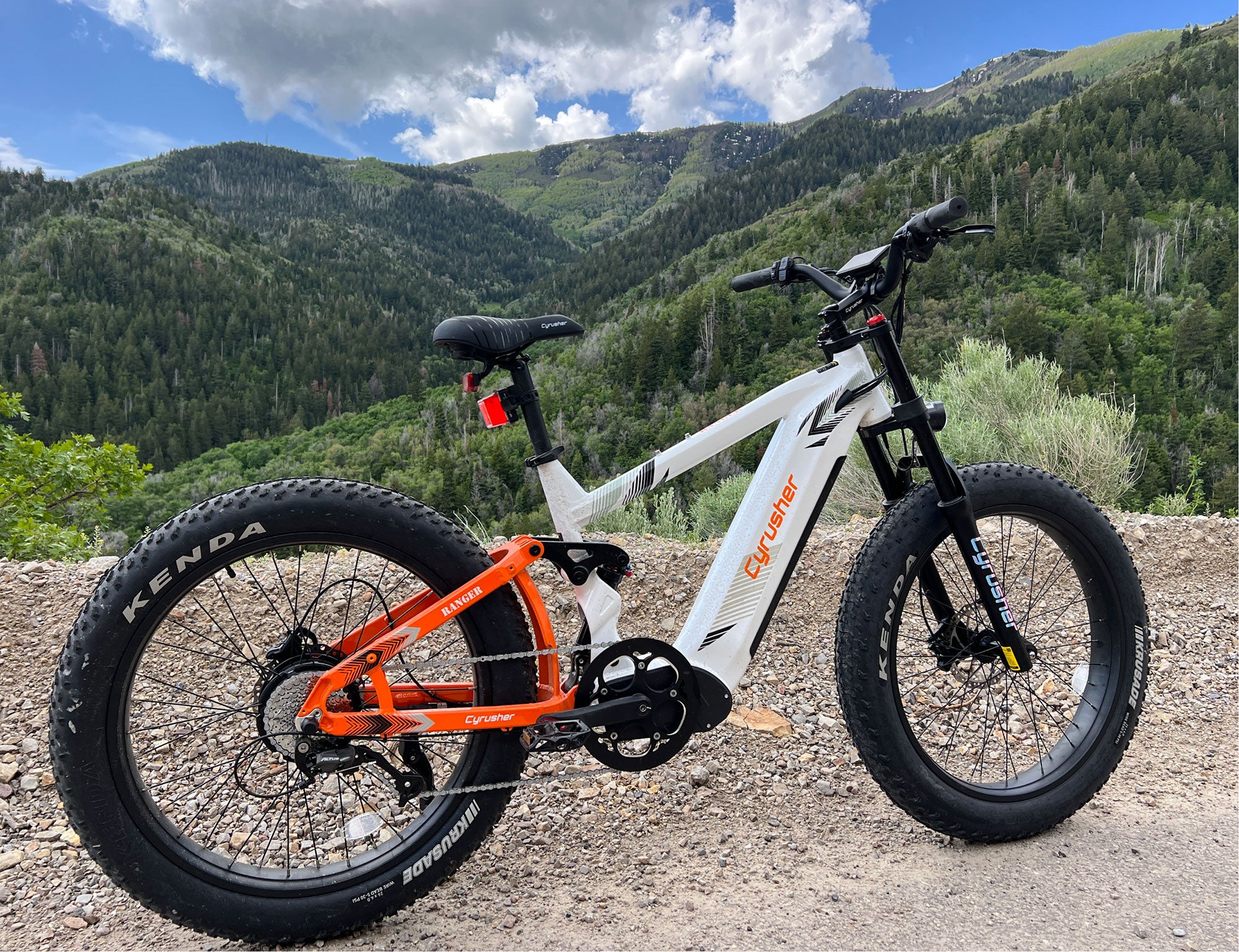

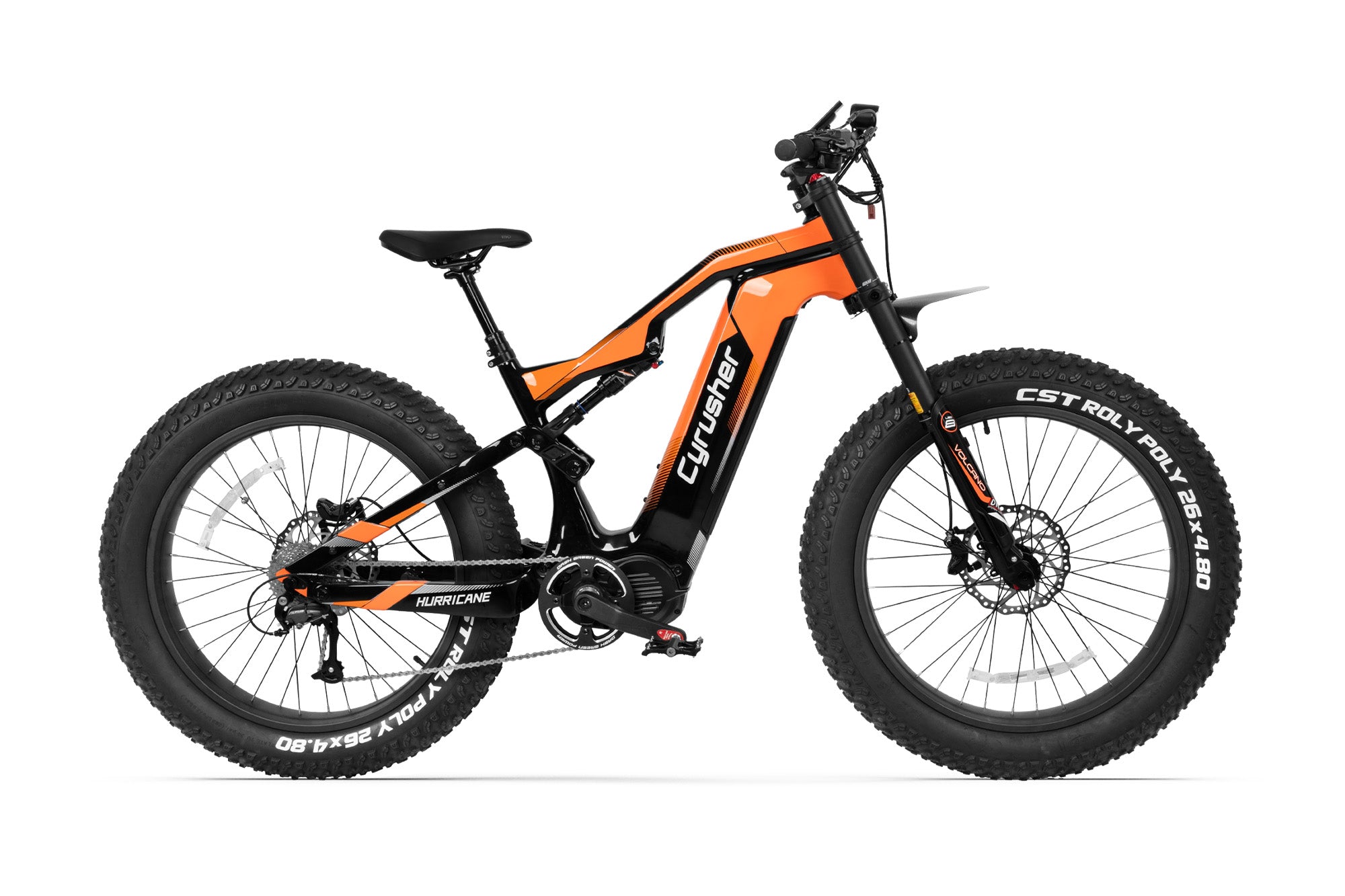
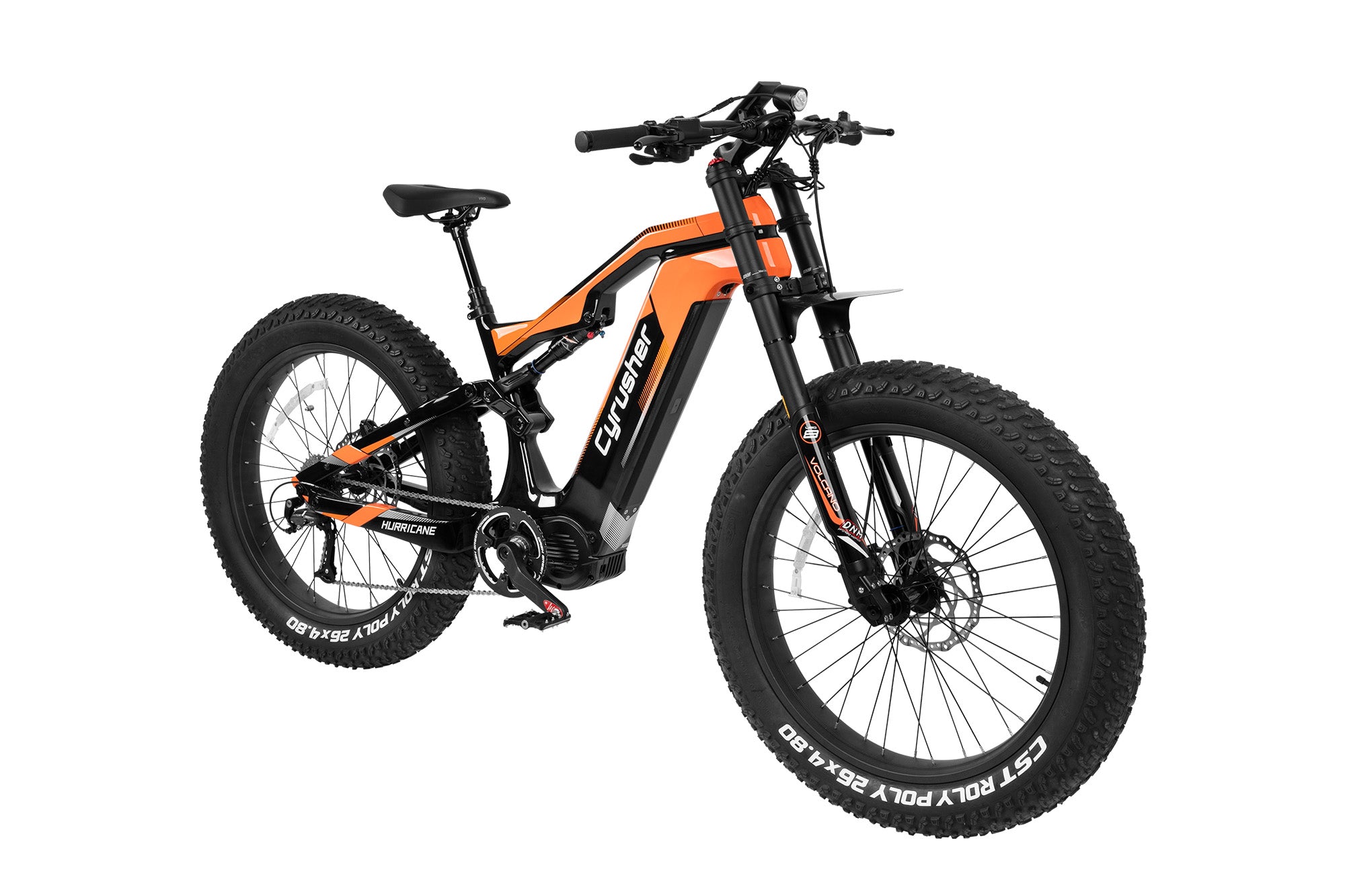
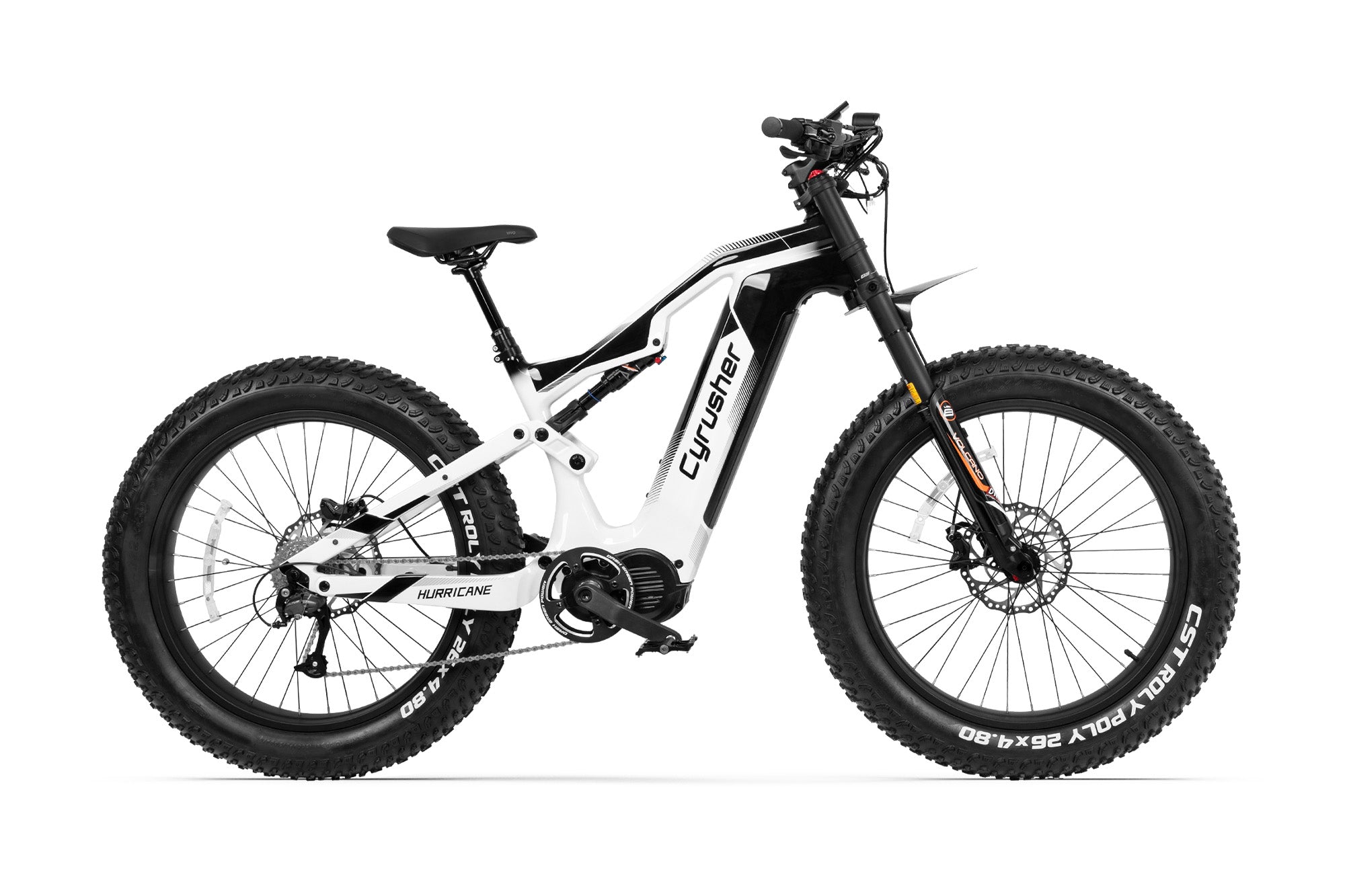


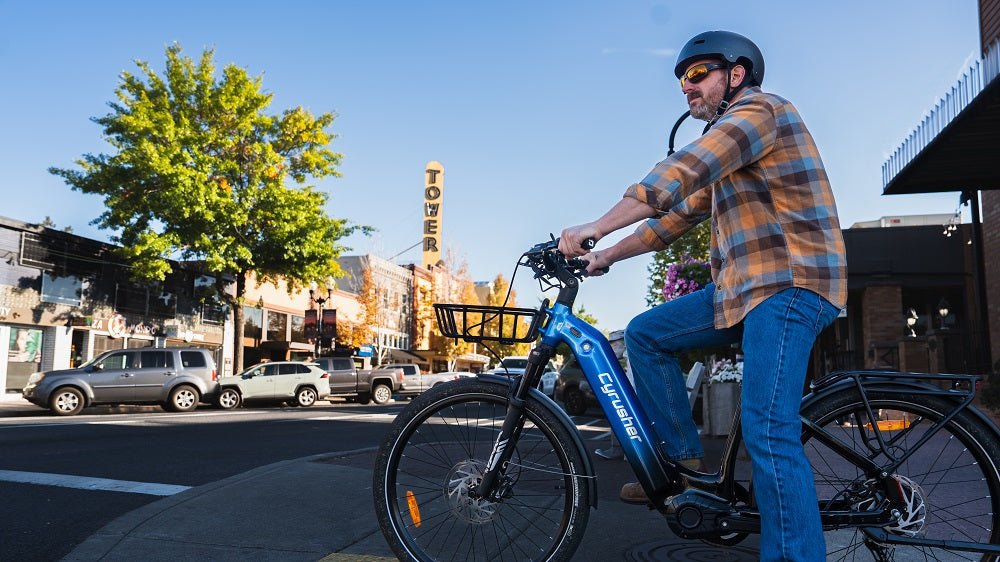

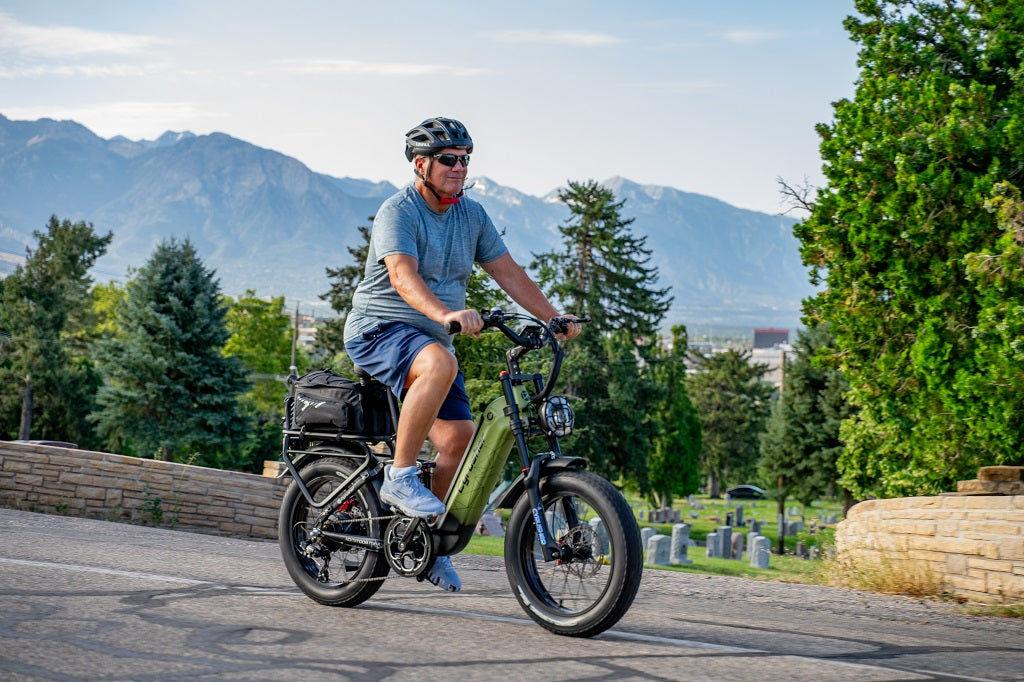

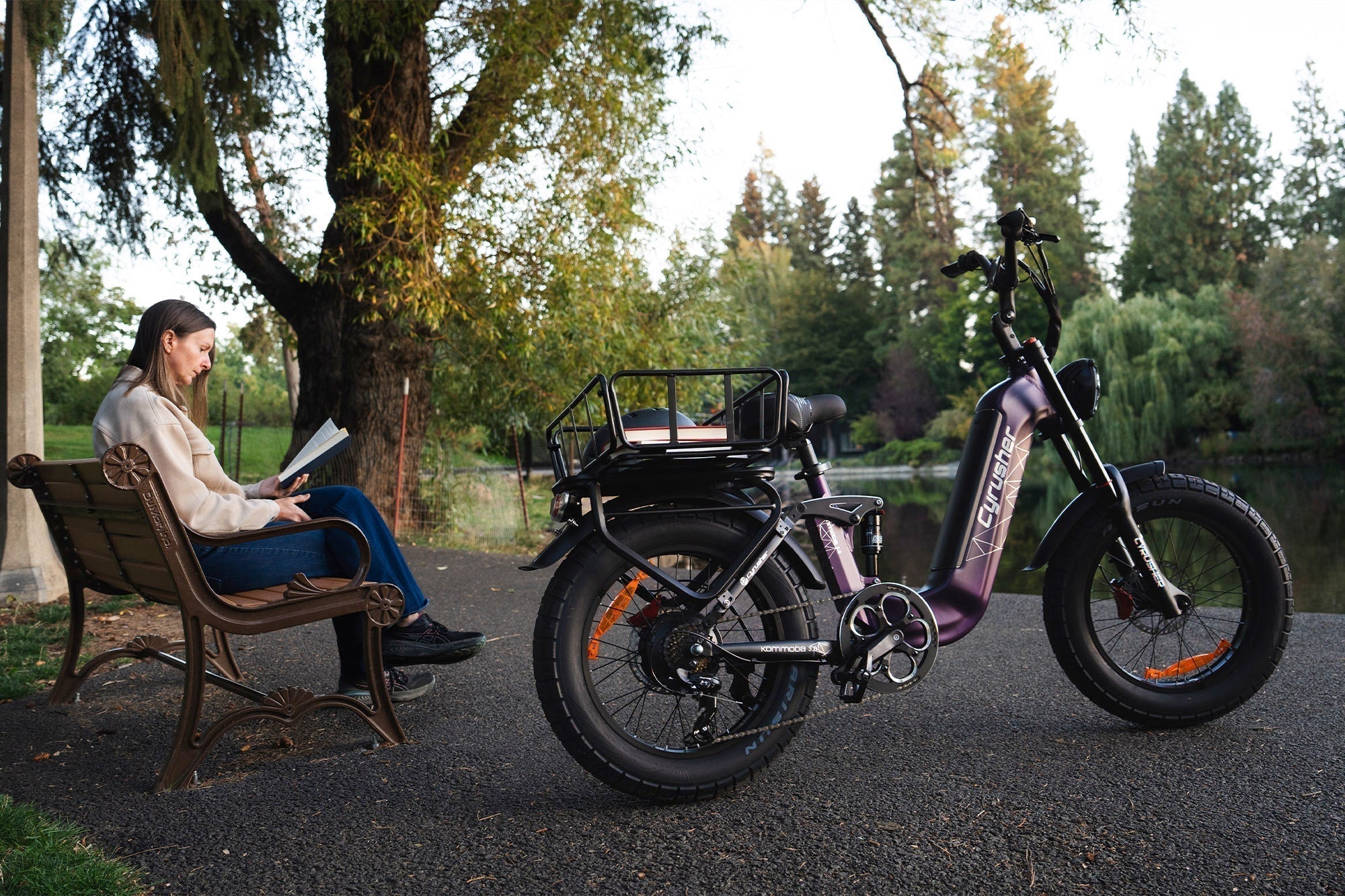
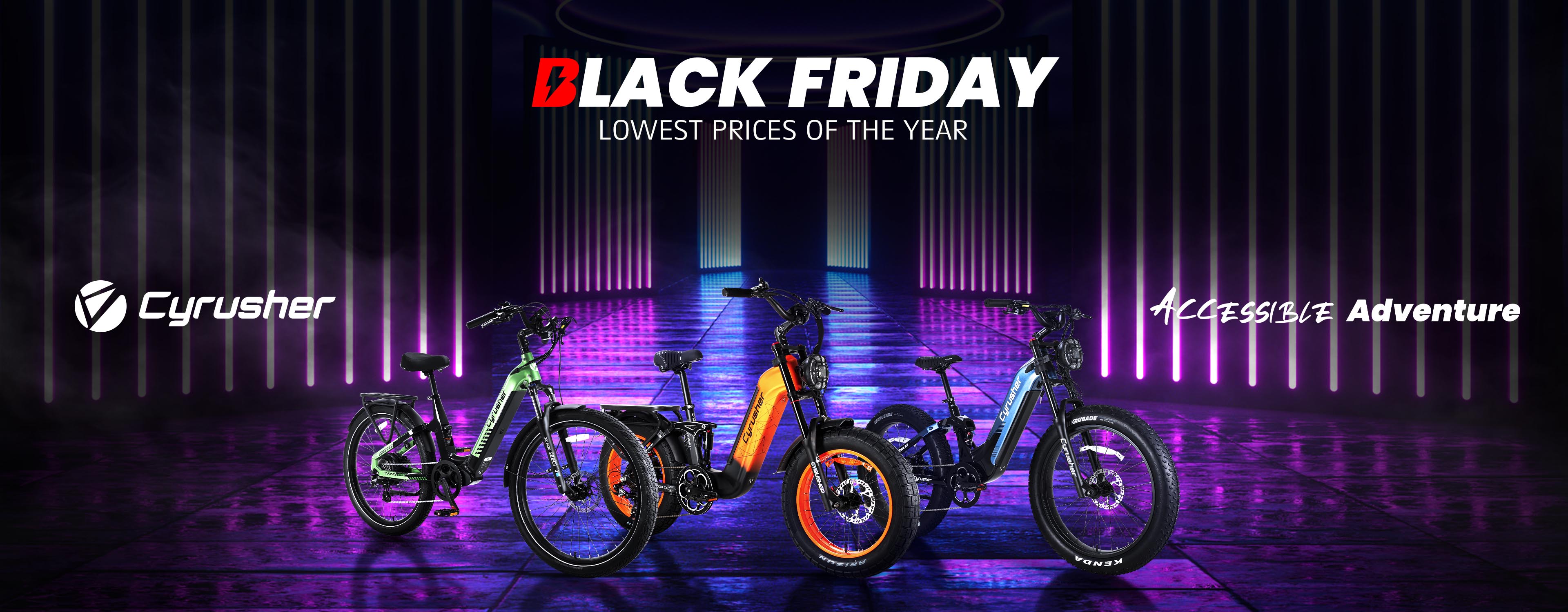
Share:
Do e-bikes give you a workout?
The Ultimate Cyrusher E-Bike 2025 Black Friday Sale